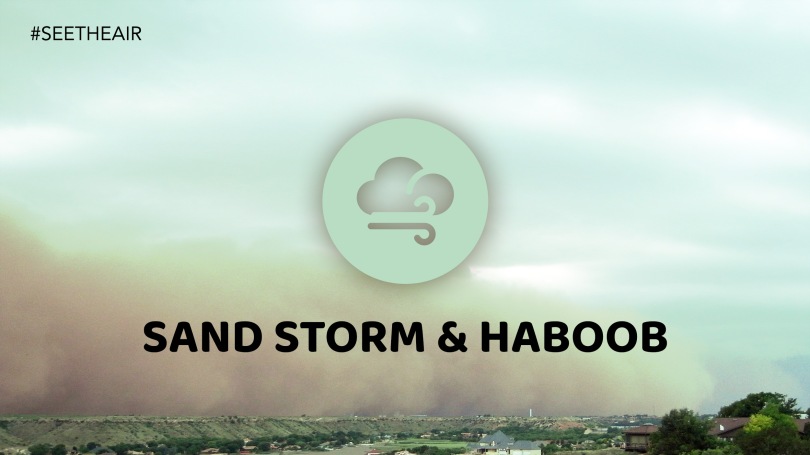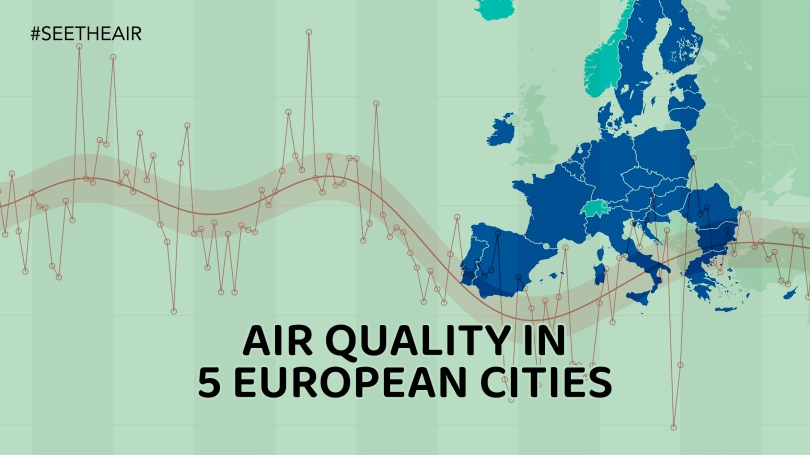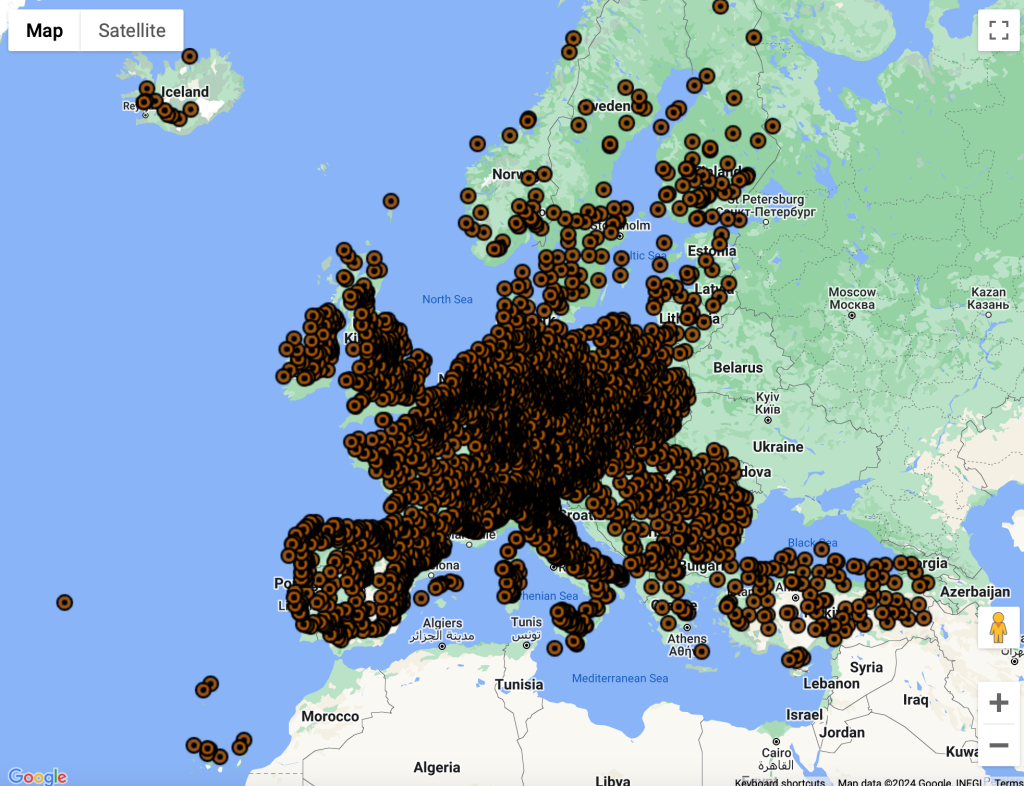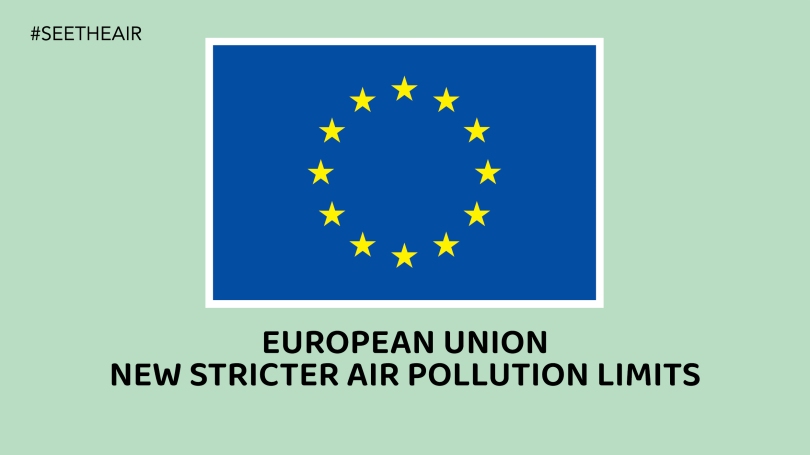Recently, I met Dr. Karin Ardon-Dryer and she is my new favorite scientist/superstar because of her research and her charismatic way to share important information to the public. She was able to captivate everyone in the room with her presentation Effect of Dust Particles on Human Health at Miami University.
Sand storms, often romanticized in movies and documentaries, pose a far more significant threat than just a dramatic backdrop. These swirling giants of dust wreak havoc on air quality, carrying not just coarse sand but also microscopic fine particles with serious implications for human health. While sand storms are often associated with arid regions far from home, their reach extends farther than you might think, impacting even areas within the United States. Arizona, New Mexico, Texas, and even eastern California are some of the states that experience poor air quality from such meteorological phenomena.
Haboob vs Sandstorm vs Dust Storms
- Haboob (Arabic for blasting/drifting) is a strong wind carrying a mass of dust and sand that has been lifted from the ground in very dry areas such as deserts.
- Sandstorm is a windstorm especially in a desert, that blows along great clouds of sand.
- Dust storms carry much smaller particles, which can be carried higher and further than sandstorms.














